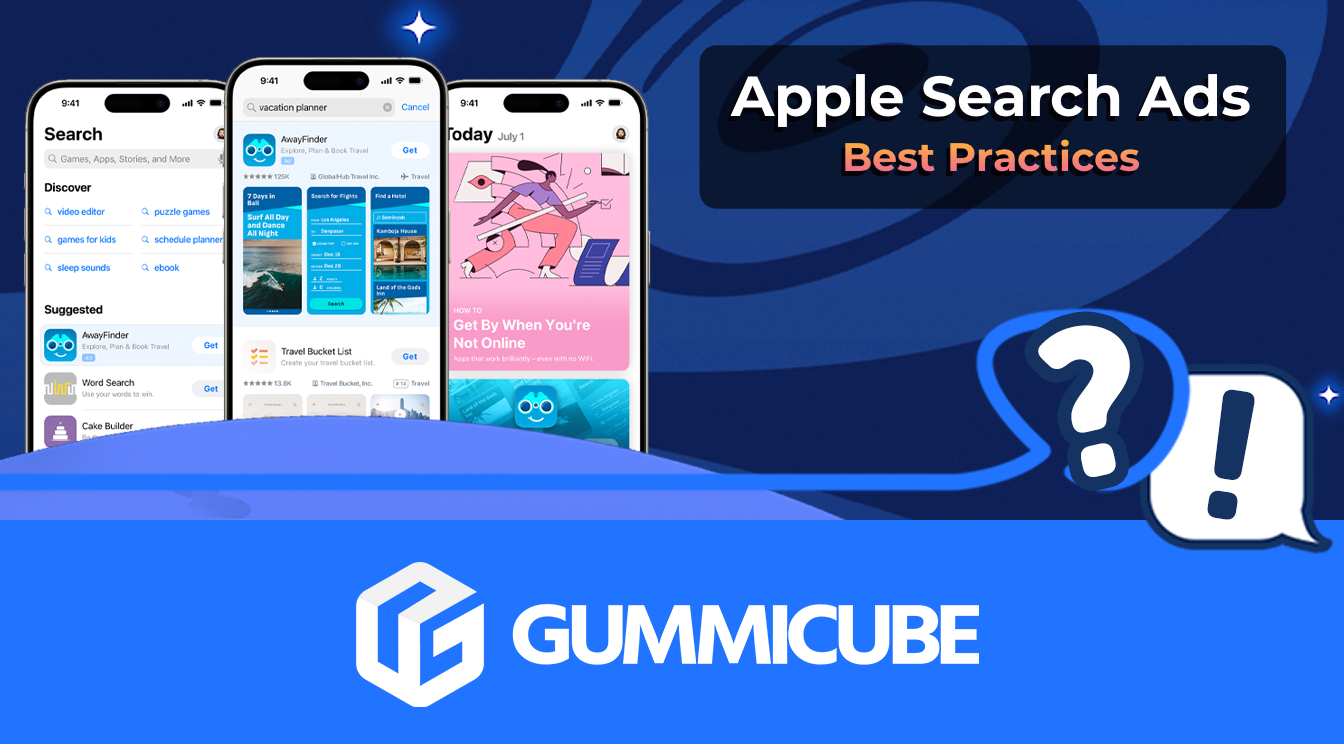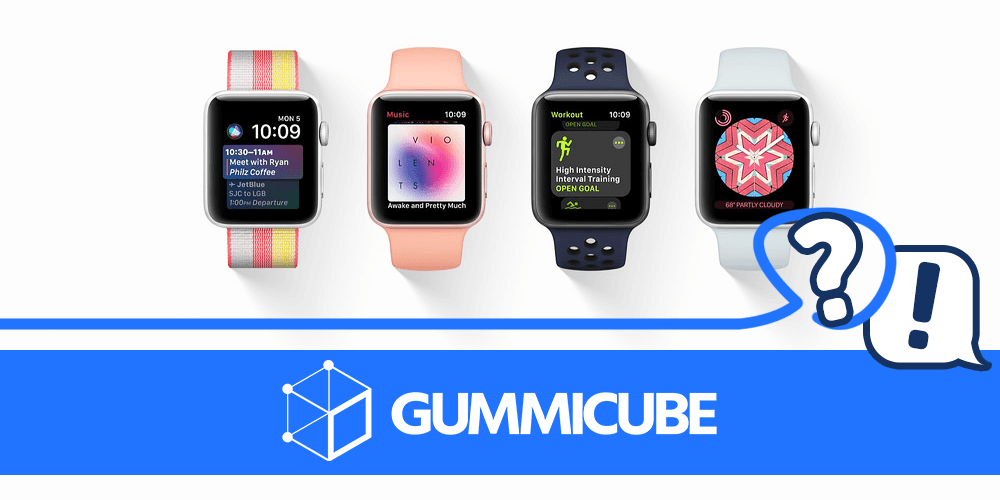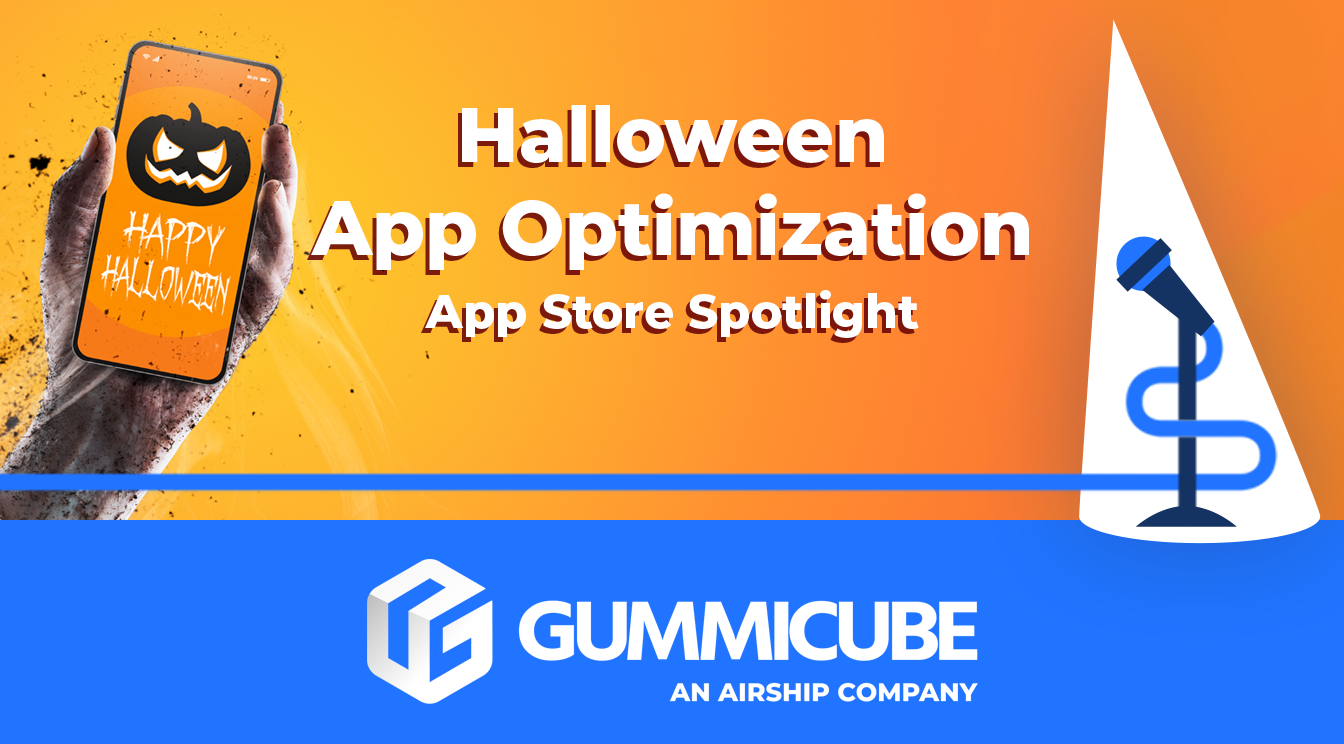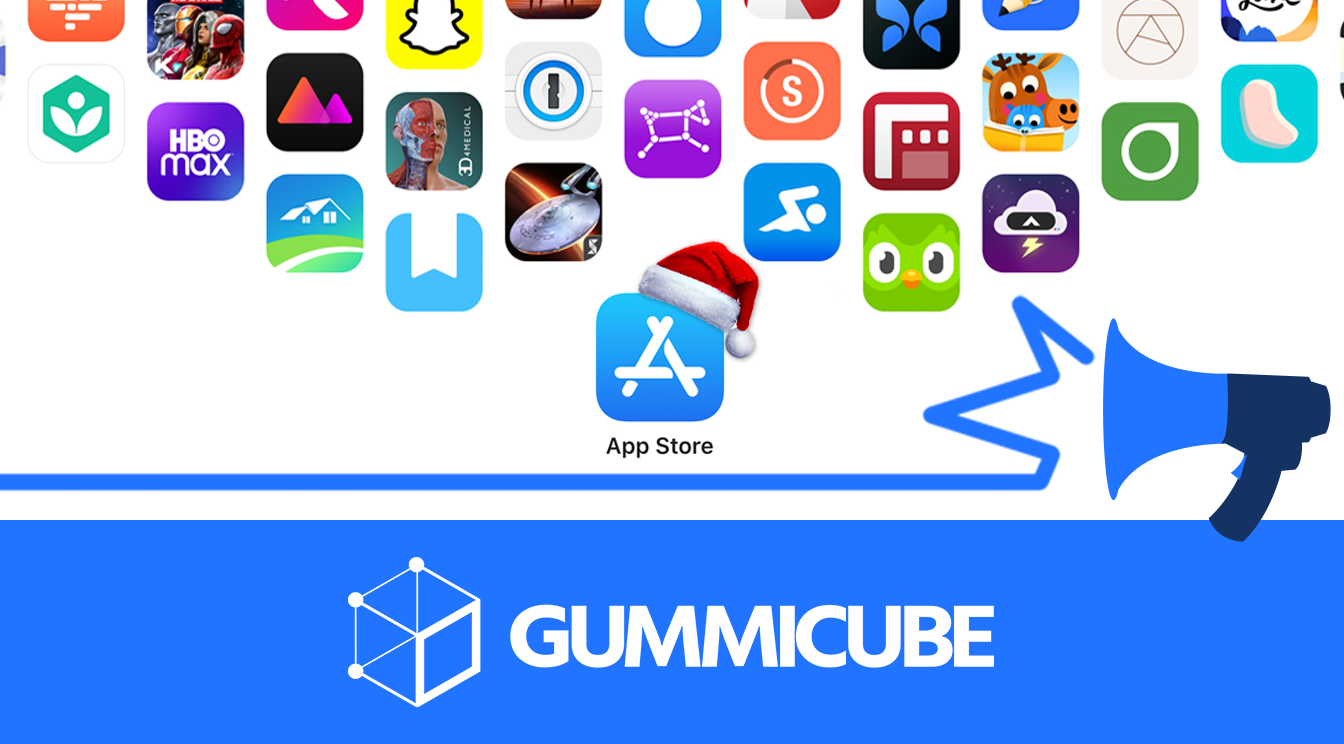
5 Best Practices for Apple Search Ads
Posted on July 3rd, 2024
Are you leveraging Apple Search Ads the right way? Take a look at these recommendations to optimize your paid campaigns and target the right users.

Wearable technology continues to advance in use and scope, and developers are constantly releasing new apps that work with the Apple Watch. However, there are some differences between submitting a watchOS app and an iOS app, along with key App Store Optimization factors developers must consider.
When you build a watchOS app, it must come as part of an iOS app. The watch app is an extension of the iOS app and is loaded on the watch via a paired iPhone, so while it is possible to build an iOS app then later create a watchOS app that works with it, it cannot work in reverse. Once a user downloads the iOS app, they’ll be able to access the watchOS app as well. This makes your visibility on mobile App Store search and creatives that convert key in getting users to try your Apple Watch App. With the release of watchOS 5 and Apple Watch Series 4, Apple has created a new SDK to support them. Developers can use Xcode 10 to develop apps for the latest operating systems and should begin utilizing it for their next update. Starting March 2019, any apps and updates submitted to the App Store must be made using Xcode 10 to be accepted. The new features offered by watchOS 5 are worth utilizing nonetheless. The new watchOS enables interactive notifications, audio controls, access to the Siri watch face and an expanded display, among other features. These are all capabilities that could be integrated into new or existing apps, providing a better experience for users. Upon completion, developers can beta test their apps with TestFlight. Recent updates have enabled developers to send a link to external testers that lets them download and run the TestFlight app, making the beta testing process easier. Once the app is fully tested and follows all of Apple’s guidelines, the next step begins.
As the app listing includes both the app for iPhones and Apple Watch devices, the metadata for watchOS apps is determined the same was as other apps on the App Store. Developers have the title (30 characters), subtitle (30 characters) and keyword bank (100 characters) to work with. Developers should utilize ASO best practices when choosing their keywords, the same as they would for any other app. However, Apple specifies that developers cannot use the phrase “Apple Watch” in the keywords or title. In order to specifically call out the watchOS features, they’ll need to include it elsewhere.
The description should be optimized for the App Store using ASO best practices, including the length of the lines, use of bulleted lists and inclusion of keywords. While the app cannot use “Apple Watch” in its keywords, using it in the description is fine. As such, developers should include a section in the app’s description that covers the Apple Watch features. The section should elaborate on the benefits of using the app on Apple Watch, so that users can immediately understand why they should download it. This will not only enlighten users to its uses on Apple Watch, but it will also create relevancy within the App Store and Search Ads.
When designing an app’s creatives, developers need to consider how it will look on both iPhones and Apple Watch devices. Apple allows up to 10 screenshots of the watchOS app in addition to the 10 iPhone app screenshots – this provides several new opportunities to show off the app’s features and benefits to users. Each Apple Watch screenshot should showcase a different core feature of the app. However, unlike iPhone screenshots, they cannot be framed in a picture of the watch, and there is no room for callout text. As such, the screenshots should clearly illustrate the function from the screenshot alone and relate to the features called out in the description. The app’s icon will be scaled down and have a circular mask applied for the Apple Watch. It should be designed clearly so that it is properly visible when it scales down to smaller sizes. Apple also advises against using a black background to prevent it from blending in with the Apple Watch home screen.
Once your app is built for watchOS 5, tested and optimized for the App Store, you’re ready to submit it. However, the work is never fully done – App Store Optimization requires consistent maintenance to follow user behavior and keyword trends, so developers should watch for competitors in the Apple Watch space and see what keywords they rank for. They should also keep an eye on trends to see how other apps successfully call out their features and see how consumer behavior changes in the Apple Watch space. Reputation management is also essential, so you should follow your app’s reviews and respond to user feedback. This will help you understand what works well with your Apple Watch integration or find areas for improvement, as well as ensure your app continues to appeal to users. While there are several differences between submitting an iOS app just for iPhones and a watchOS app that developers will have to keep in mind, App Store Optimization will always be essential to an app’s in-store success.

Are you leveraging Apple Search Ads the right way? Take a look at these recommendations to optimize your paid campaigns and target the right users.

Ghostly happenings are among us... and in your app listing too? If you aren't leveraging the power of app seasonality to make relevant tweaks to your store listing you're leaving precious engagement and conversions on the table.

Developers on the iOS App Store should plan in advance of the upcoming Holiday Schedule to allow enough time for apps to get approved during the busy holidays.